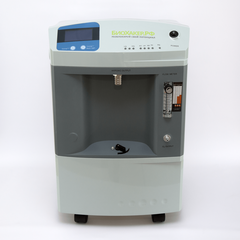Carbon dioxide (CO2) is produced in eukaryotic cells primarily during aerobic respiration, resulting in higher CO2 levels in mammalian tissues than those in the atmosphere. CO2 like other gaseous molecules such as oxygen and nitric oxide, is sensed by cells and contributes to cellular and organismal physiology. In humans, elevation of CO2 levels in tissues and the bloodstream (hypercapnia) occurs during impaired alveolar gas exchange in patients with severe acute and chronic lung diseases. Advances in understanding of the biology of high CO2 effects reveal that the changes in CO2 levels are sensed in cells resulting in specific tissue responses. There is accumulating evidence on the transcriptional response to elevated CO2 levels that alters gene expression and activates signaling pathways with consequences for cellular and tissue functions. The nature of hypercapnia-responsive transcriptional regulation is an emerging area of research, as the responses to hypercapnia in different cell types, tissues, and species are not fully understood. Here, we review the current understanding of hypercapnia effects on gene transcription and consequent cellular and tissue functions.
Hypercapnia Regulates Gene Expression and Tissue Function
- Главная
- Научный подход к гипоксическим тренировкам
- Hypercapnia Regulates Gene Expression and Tissue Function


